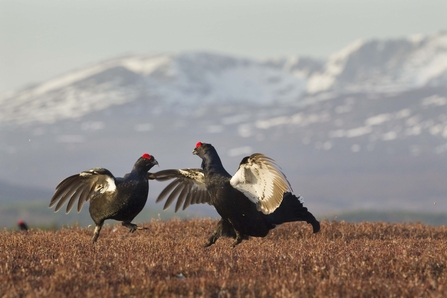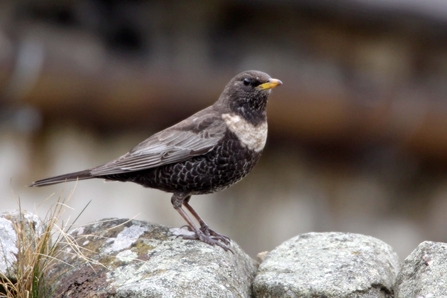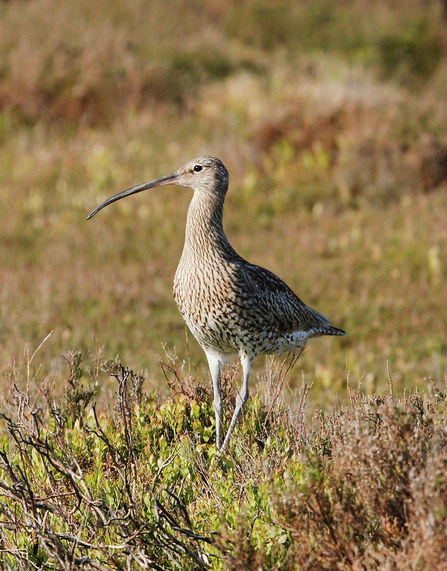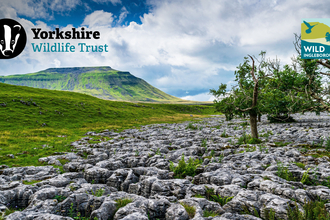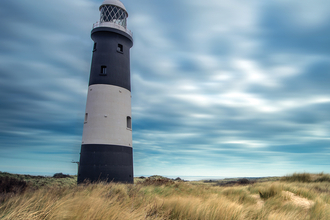From a distance, the Ingleborough massif appears monolithic, a lump of limestone with a gritstone cap, looming above Ribblesdale and Chapel-le-Dale like some vast lion petrified in the act of waking. Up close and personal, it’s a complex mosaic of habitats, and it’s this complexity that could support three breeding birds we’re targeting for help: black grouse, ring ouzel and curlew.
Black grouse
The black grouse (Tetrao tetrix), although nominally a grouse, is more closely related to the capercaillie than the far more common red grouse. It is larger than the red and much more striking. The male is black all over (an especially blue-black around the neck) except for blossoms of white on his undertail and shoulders, and a vivid splash of red over his eyes. This plumage is the reason for the alternate name, black cock. A long, lyre-shaped tail is raised to attract mates and intimidate rivals, and puts that contrasting white undertail on striking display; the show is accompanied by a soft, bubbling croon. This mating behaviour is known as the lekking and takes place in the spring at long-established lek sites.


